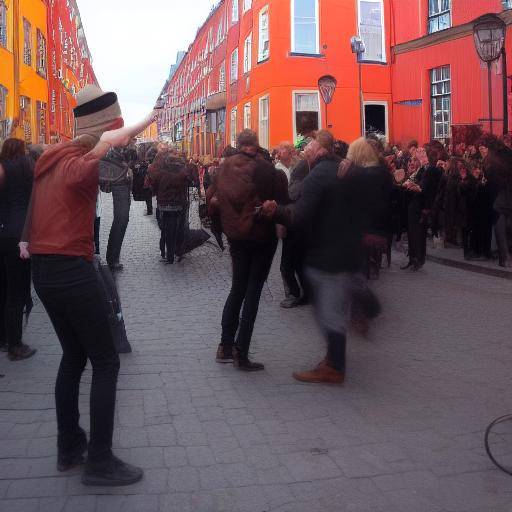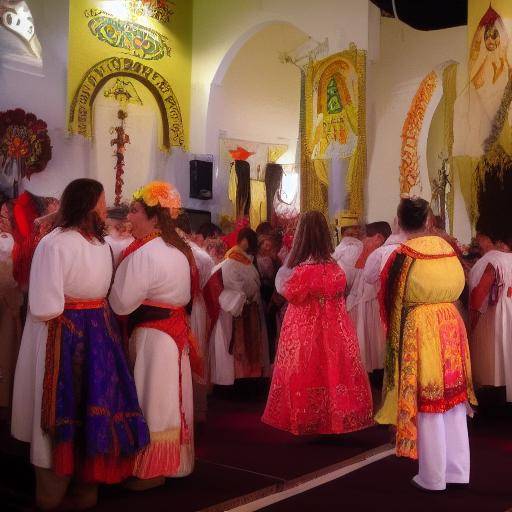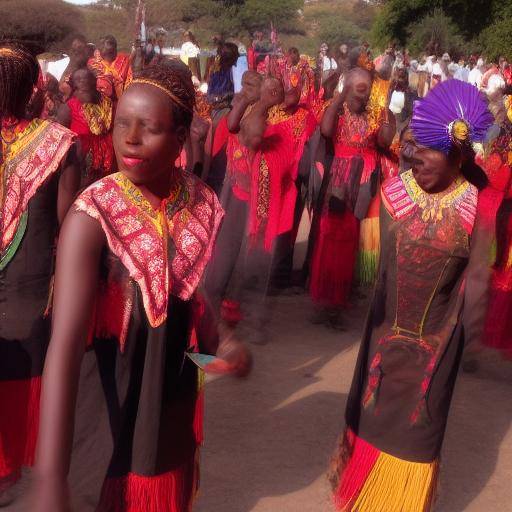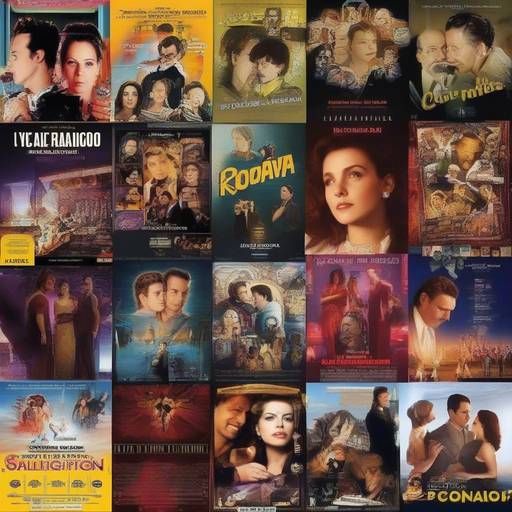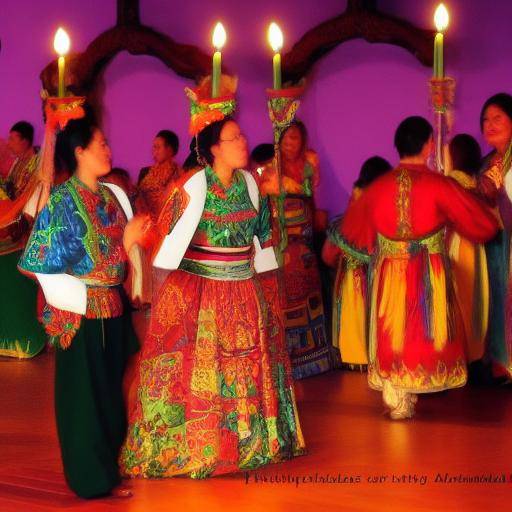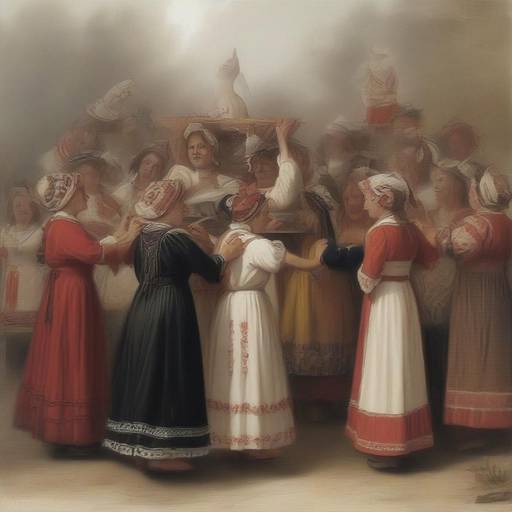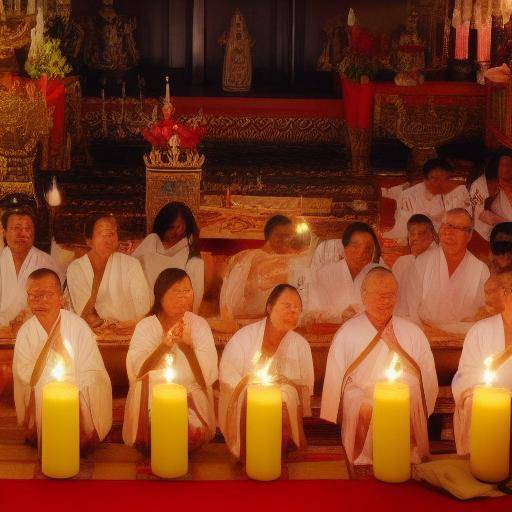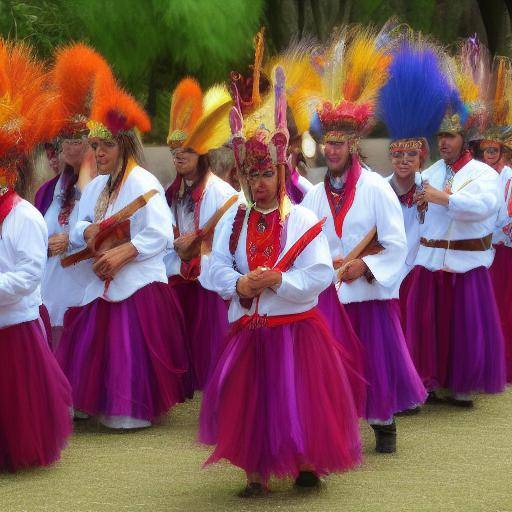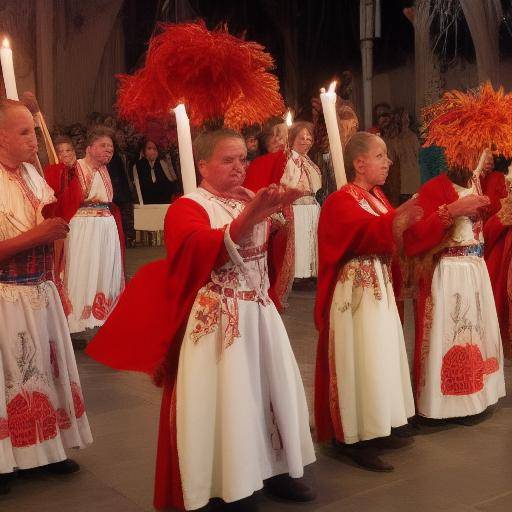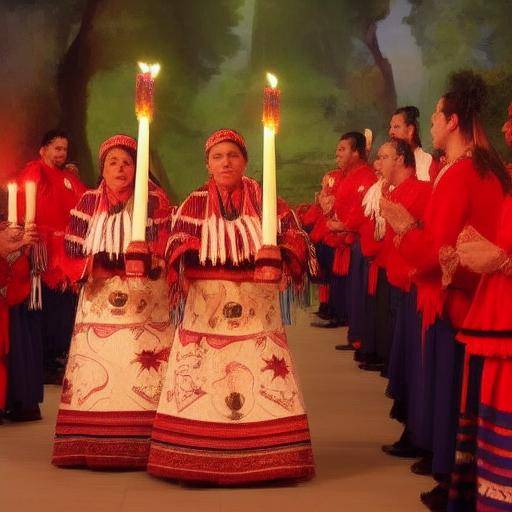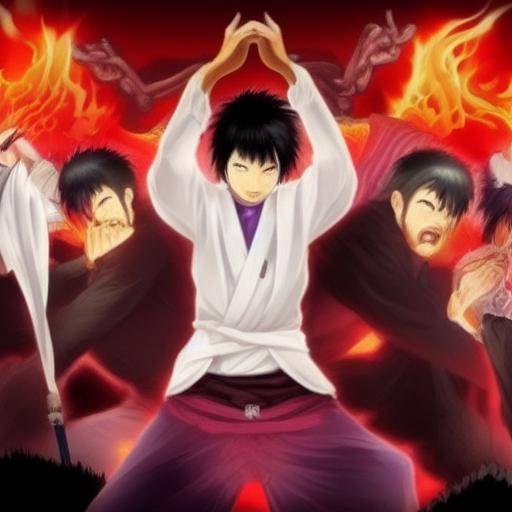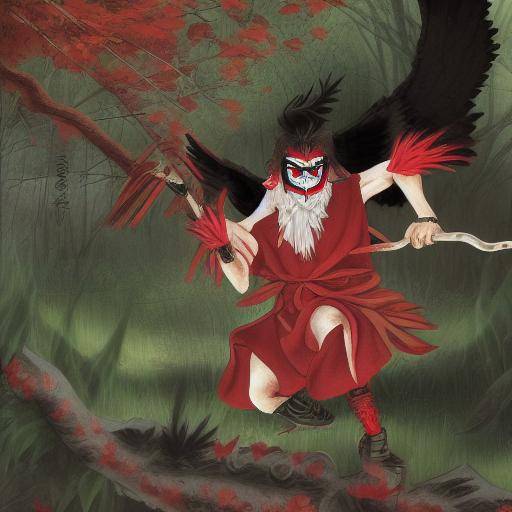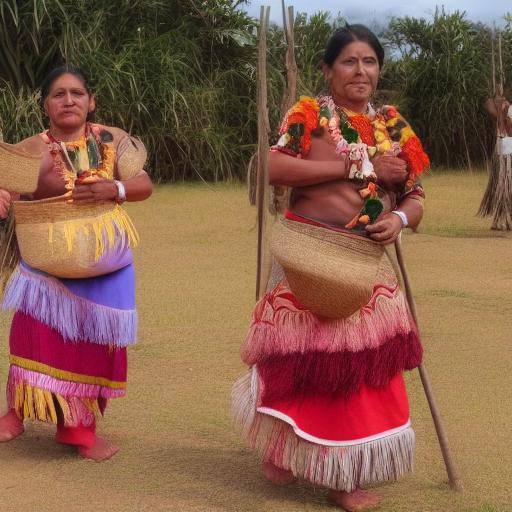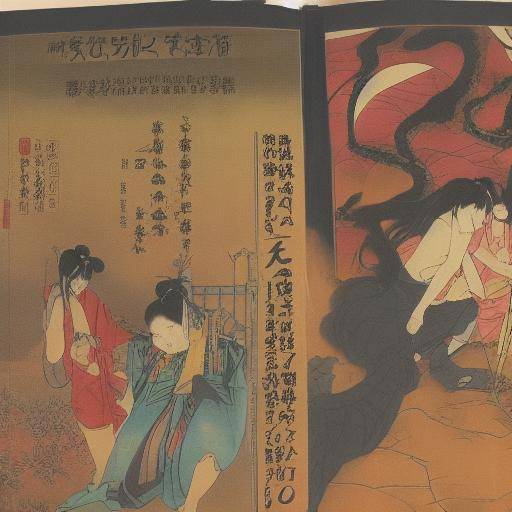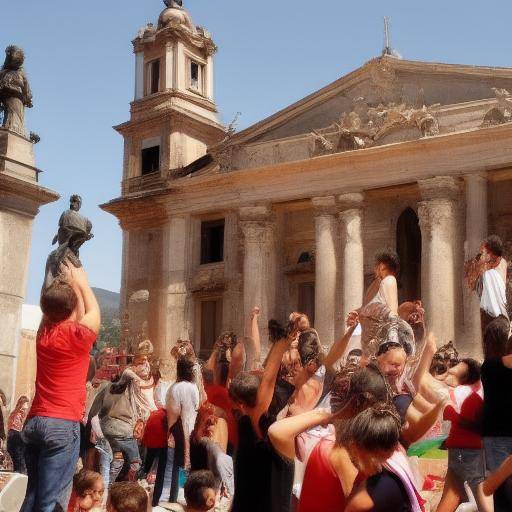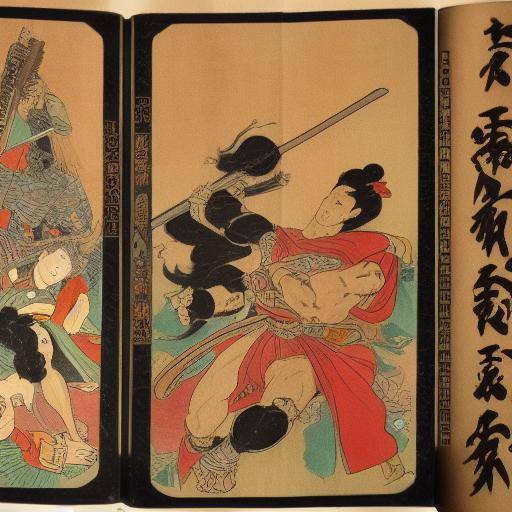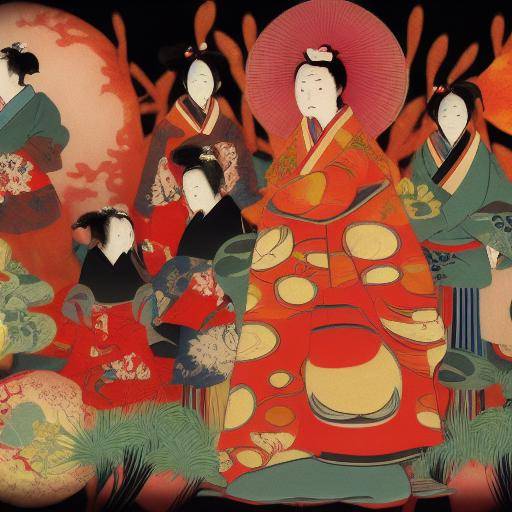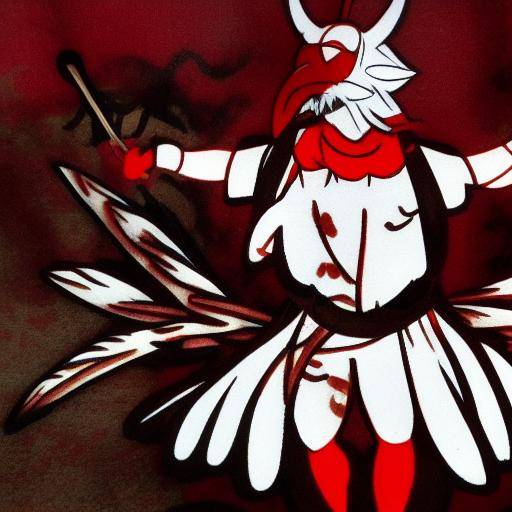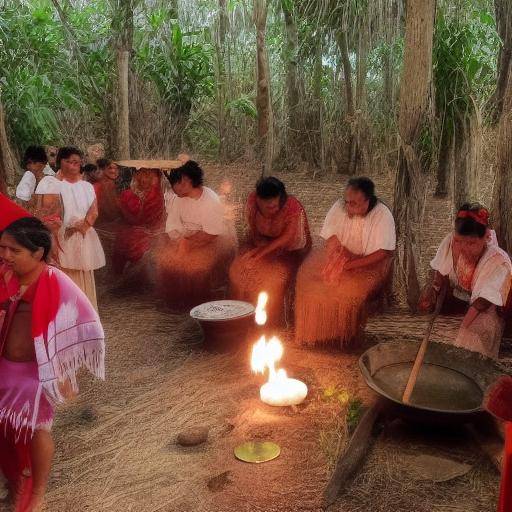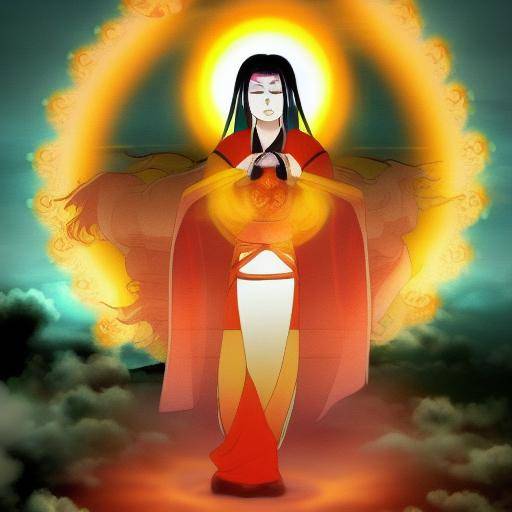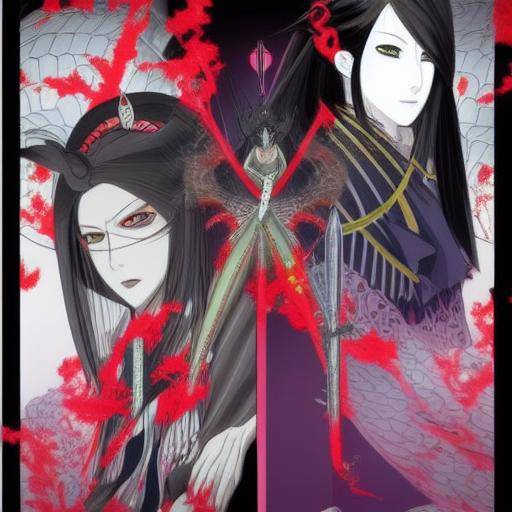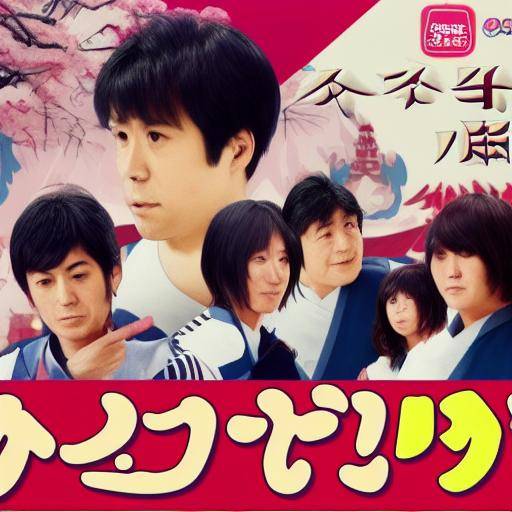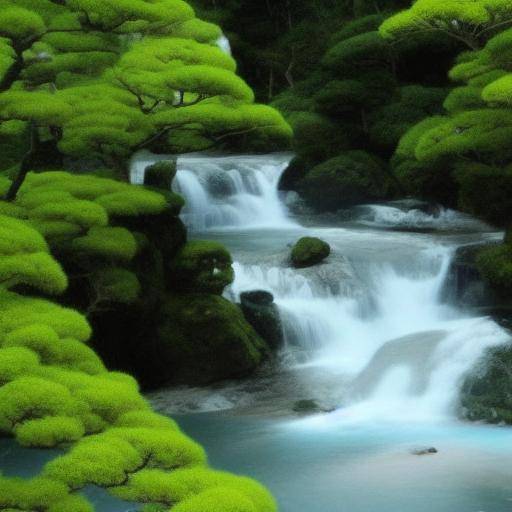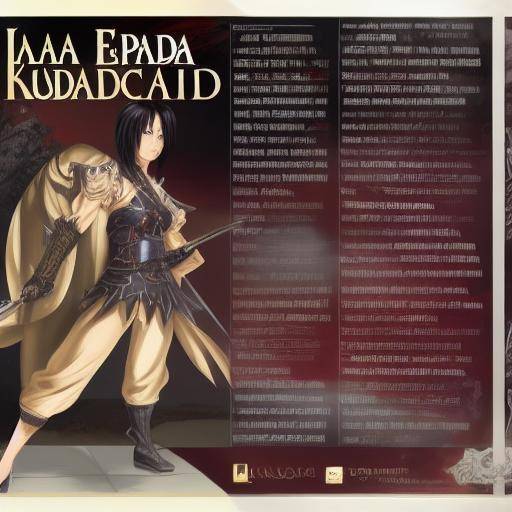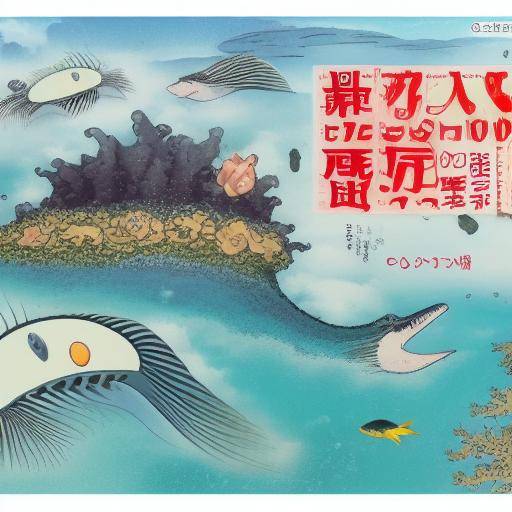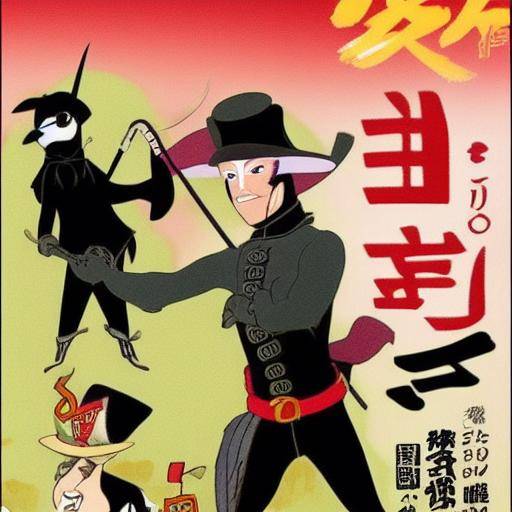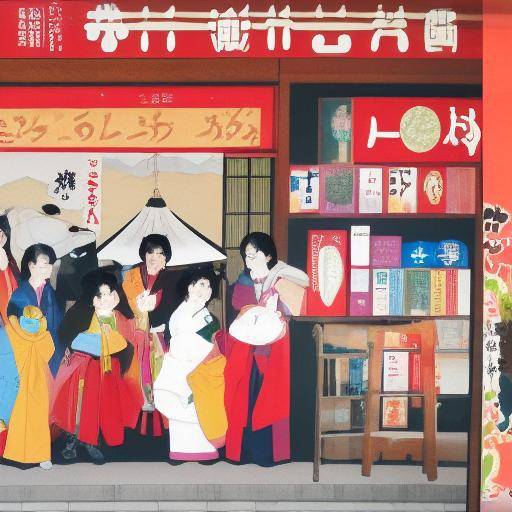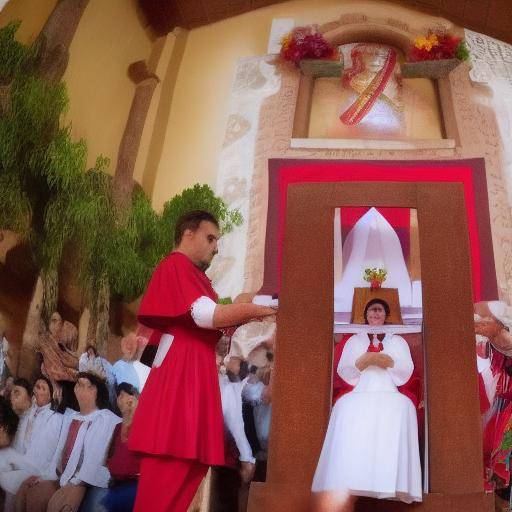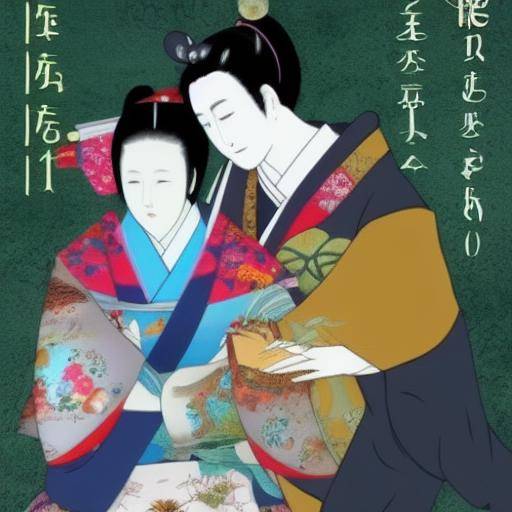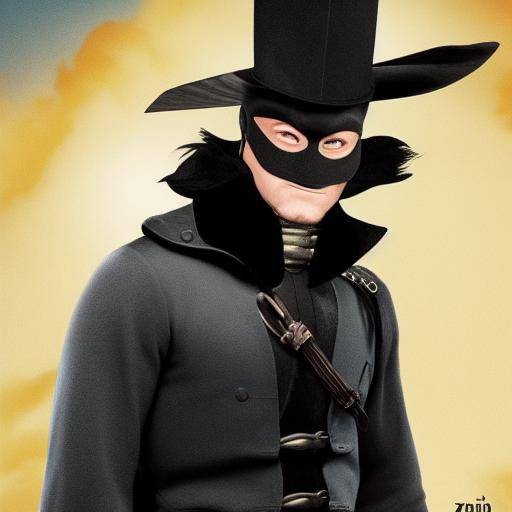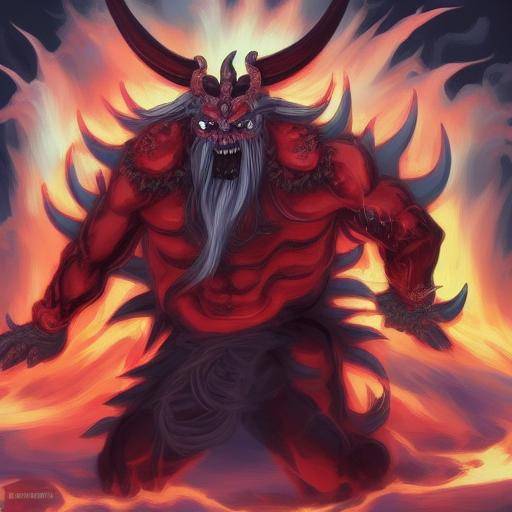
Introduction
Japanese legends and myths are full of supernatural creatures that have fascinated mankind for centuries. Among these mythical figures, the Oni stand out as demons of Japanese folklore, known for their terrifying appearance and supernatural powers. In this article, we will explore in depth who the Oni are, their roles in the Japanese myth and their cultural significance. We will also analyze the similarities and differences between the Oni and the demons of other cultures, as well as their representations in popular and contemporary culture.
History and Background
The origin of the Oni goes back to the Japanese mythology, where they are described as malevolent and ferocious beings living in the Hell. According to tradition, the Oni are known to inflict punishment on sinful souls and represent the manifestation of evil in the world. Its appearance usually includes horns, sharp fangs and red or blue tones skin, making them terrifying figures in the popular imagination.
Throughout Japanese history, the Oni have been represented in various forms, from paintings and sculptures to literary and theatrical works. His presence in folklore has significantly influenced Japanese culture, making them symbols of fear, but also in sources of inspiration and creativity.
The myth of the Oni has evolved over time, adapting to social and cultural changes. As Japan experienced political and economic transformations, the figure of the Oni acquired new meanings, layers of interpretation and contemporary contexts, consolidating itself as an integral part of Japanese cultural identity.
Analysis in Deep
The representation of the Oni in the arts, such as Noh Theatre and Kabuki, has contributed significantly to their survival in Japanese culture. These representations have provided a fertile ground for the exploration of the universal themes of good and evil, as well as the struggle between humanity and supernatural forces.
In Japanese literature, the Oni have been portrayed as antagonists who challenge heroes, representing obstacles and challenges that must be overcome. This narrative has allowed the authors to explore concepts such as value, determination and redemption through confrontation with the evil embodied in the Oni.
Comprehensive review
The influence of the Oni extends beyond Japanese mythology, finding a prominent place in contemporary popular culture. Video games, manga and cinema have incorporated the Oni as emblematic characters, generating new interpretations and perspectives on these legendary creatures. This fusion of the traditional with the modern shows the lasting impact of the Oni in the collective imagination.
Comparative analysis
While the Oni share similarities with the demons of other cultures, such as Europeans, Arabs or Africans, they have distinctive features that differentiate them. While Western demons often incarnate absolute evil, Japanese Oni often represent a more complex duality, combining aspects of evil with protective or benevolent elements. This moral ambiguity gives them a unique depth in the field of beliefs and mythologies.
Practical Tips and Accessible Tips
If you are interested in exploring more deeply the world of the Oni and the Japanese myths, we recommend you immerse yourself in classic texts of Japanese literature, such as the "Heike Monogatari" or the "Momotaro", which present interesting stories that include the Oni. In addition, you can explore museums and historic sites in Japan to discover artistic representations and artifacts linked to these fascinating mythological figures.
Conclusion
The Oni world, demons of Japanese hell, is a fascinating fragment of Japanese mythology and culture. Through their evolution over the centuries, the Oni have transcended the pages of old legends to meet modernity, maintaining their power to captivate the imagination of generations in both Japan and the rest of the world. Exploring the rich history and symbolic roles of these creatures gives us a window to the complexity of human condition and to the eternal struggle between good and evil.
The Japanese myths, including the Oni, continue to inspire works of art, literature, cinema and pop culture today, demonstrating the perdurability and relevance of these timeless narratives. In deepening into the fascinating kingdom of the Oni, a window opens to a world imbued with mysticism, full of lessons on human duality and the inexhaustible struggle between light and darkness.
FAQs
1. What is the meaning of the word "Oni"?
The word "Oni" is commonly translated as "demon" or "agree" in Japanese. In the Japanese folklore, the Oni are considered supernatural evil creatures that represent evil and punish the sinful souls.
2. What are the distinctive physical characteristics of the Oni?
The Oni are usually represented with horns, red or blue-tone skin, sharp fangs and an imposing figure. These physical characteristics contribute to their terrifying appearance in the Japanese folklore.
3. Are there different types of Oni in Japanese mythology?
Yes, Japanese mythology describes different types of Oni that vary in appearance and behavior. Some stories present the Oni as monstrous and cruel beings, while others show them as complex beings with nuances of goodness and malice.
4. What is the cultural relevance of the Oni in Japan?
The Oni have great cultural relevance in Japan, as they represent the conflict between good and evil, as well as the struggle to overcome obstacles. Its presence extends to various aspects of Japanese culture, from traditional theatre to contemporary pop culture.
5. What influence have the Oni in contemporary pop culture?
The Oni have left a significant mark on contemporary pop culture, appearing in video games, manga, anime and films. His representation in these media has helped to keep his presence alive in the popular imagination.
6. Where can I find more information about the Japanese myths and the Oni?
To deepen knowledge about Japanese myths, including the Oni, it is recommended to explore academic sources, visit museums specializing in Japanese mythology and read classic texts of Japanese literature that address these topics.
With this, we hope you enjoyed the immersion in the fascinating world of the Oni, the demons of Japanese hell. Always remember to continue exploring and learning about the rich traditions and mythologies that enrich our world!

